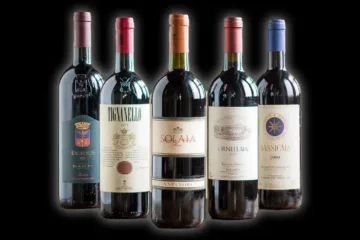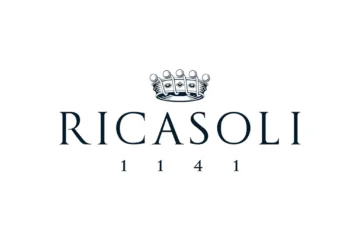
What is Aguardente (Aguardiente)
The ‘Aguardente’ (also called ‘Aguardiente’) is a distilled alcoholic spirit that is used to fortify wines when a winemaker wants to make a fortified wine. The majority of fortified wines around the world are usually fortified with 95–96% abv alcoholic grape spirit. However, according to wine laws, Port wines have to be fortified with a distilled alcoholic spirit of 77% abv (+/– 0.5%).
Advantages of using 95–96% abv alcoholic grape spirit
The liquors displaying such a high alcohol level (95–96%) are neutral in terms of aromas. Therefore, they do not mask the flavor of the base wine. Furthermore, this very high alcoholic level reduces the volume of liquid needed to bring the fortified wine to the required alcoholic strength (usually between 15–22% abv in the finished wine). Using less total fortifying spirit avoids the dilution of the base wine.
Consequences of using an Aguardente of around 77% abv
When making Port wines, given that the Aguardente used in the making of Port wines is lower in alcohol per volume (77%), more total volume of this Aguardente is needed to fortify the base wines to the desired final level of alcohol, usually between 19-22% in the finished wine. With the exception ‘Basic Ruby’, ‘Tawny’, white, and rosé Port wines that can be fortified to a minimum of 18% abv.
As more Aguardente is needed, Port wines will display a distinctive character of grape spirit directly related to the quality of the distilled alcohol used to fortify the wines. A lower-quality grape spirit risks masking the aromas and properties of the base wine.
Furthermore, some Port wine producers choose to use more aromatic styles of grape spirits, especially in red and rosé Port wines.

Aguardente in Port wines before 1991
From 1967 to 1976, all producers were required to purchase their Aguardente from the Casa do Douro. Then, in 1976, the monopoly on the grape spirit was managed by the IVP (Instituto Vinhos Porto, the ancestor of today’s IVDP). Consequently, the Aguardente was the same for all wine producers and was of lower quality, usually cheap grape spirits made either in southern Portugal or France.
Aguardente in Port wines after 1991
Portugal officially joined the EU in 1986, and by 1991, Port wine producers were allowed to source and buy their own aguardente independently on the free market. As a result, the quality of the grape spirit used in the making of Port wines (fortified) clearly rose.
Quality choices made by Port wine producers
As a result of this access to the open market, Port winemakers and wine companies have gained a deeper understanding (through tests and successive iterations) of the role of the Aguardente in the quality of the finished wine.
Additionally, some producers have decided to use only neutral grape spirits in order to underline the properties and flavors of the base wine. On the other end of the spectrum, other producers prefer using more aromatic grape spirits (with, for instance, more pronounced fruity esters), resulting in a different wine profile.
Given that branding is a key component of the commercial success of fortified wines, mainly because customers expect consistent styles over the years for the brands they enjoyed in the past (click here to learn more about Key wine branding concepts). Indeed, using a more pronounced grape spirit can help in building a certain ‘House style’.
Finally, using different types of Aguardente (in terms of flavor profile) can offer more blending choices to the producers, which in turn helps in building more complexity and diversity in Port wines.

Follow me on my Social Media
Wine is a gourmet treasure, do not abuse alcohol!
None of this content has been sponsored
I did not receive any gifts or free samples that could be related to this article
Wine is a gourmet treasure, do not abuse alcohol!
None of this content has been sponsored
I did not receive any gifts or free samples that could be related to this article


